Last Updated on 06/30/2018 by Mark Beckenbach
All images by James Lattanzio. Used with permission.
Photographer James Lattanzio is a photographer based here in NYC, and he grew up with a love of the outdoors via weekend getaways to upstate. As things would have it, he eventually discovered Ansel Adams and the rest is quite simple to fill in the blanks. For James, he’s all about consistency, so he approached landscapes, portraits and architecture all in the same way. This and the way James works in layers is something I haven’t seen in many photographers. So after seeing his work at a recent APA NY show, I needed to get in touch.
Phoblographer: Talk to us about how you got into photography.
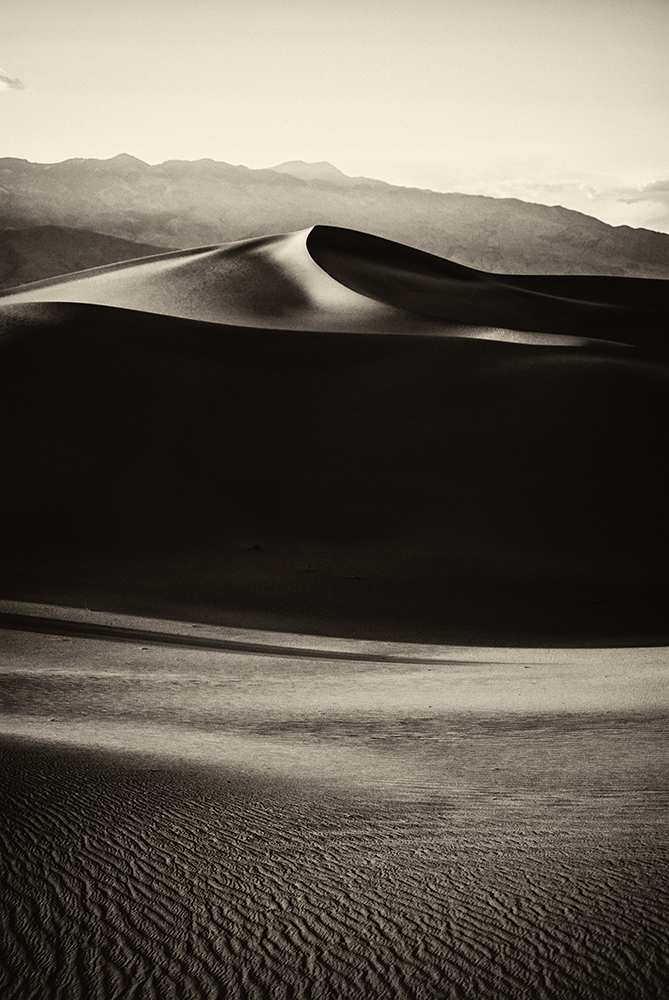
James: Photography was initially a hobby of mine when I was a teenager growing up in the seventies in Astoria, New York. A couple of my friends were also into photography and we would go into Manhattan on the weekends to take pictures.
In between my freshman and sophomore years in college I attended a summer workshop at The School of Visual Arts which really opened my eyes to the possibilities of photography. This persuaded me to formally take up photography in college.
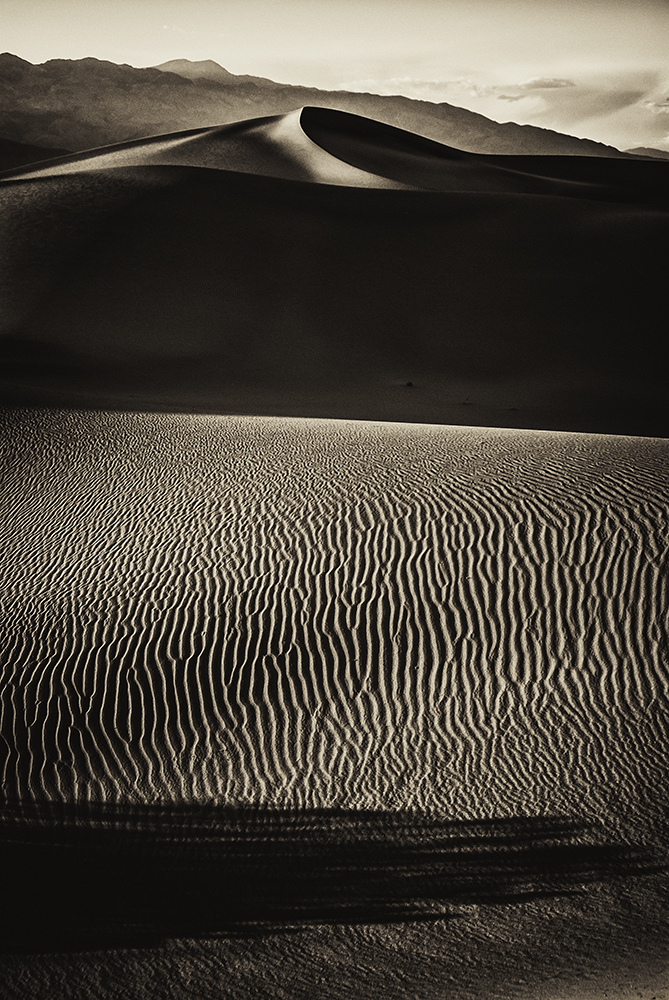
Phoblographer: What made you want to get into landscape photography?
James: From an early age I loved the outdoors, I guess because my family would always take weekend trips during the summer to upstate New York to go hiking and fishing. At some point I discovered Ansel Adams and was amazed by his photographs. I attended his 1979 MOMA exhibit called “Ansel Adams in the West” and it had a lasting influence on me.
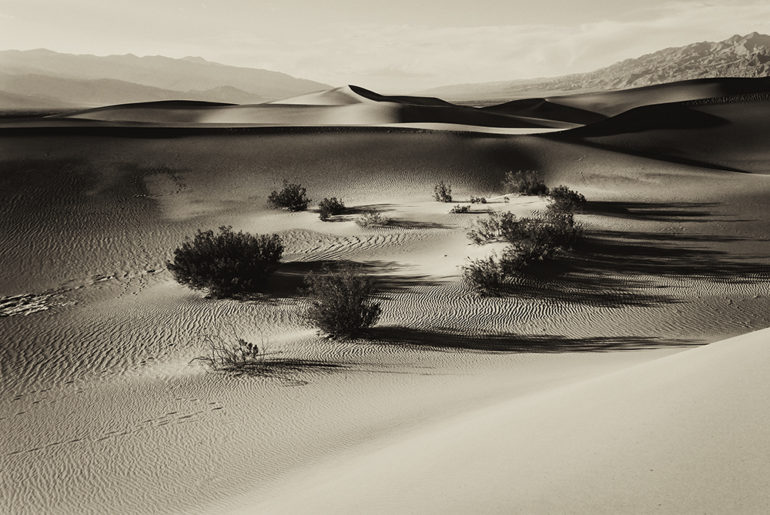
Phoblographer: Lots of your work isn’t necessarily landscape, but do you feel like your skills from one genre transferred over to another in some way?
James: I approach my landscape, portraiture and architectural photography all in the same way. I’m always looking to show my subjects in a compelling way. Landscapes and architecture are not very different to me and now portraits. All my work is based on a strong visual and technical understanding of photography which cuts across the subject matter.
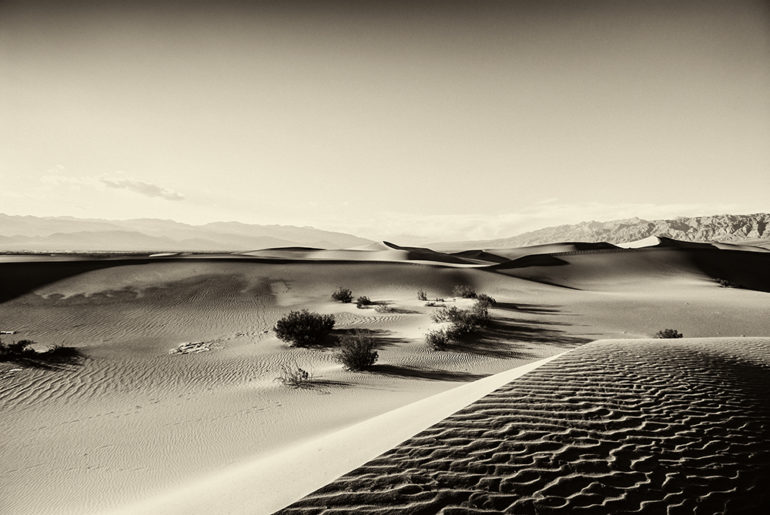
Phoblographer: You as a photographer, do you feel that you’re more of a creator or a documenter? Why?
James: I feel like I’m more of a creator. I like clarity in my images but I also like to take creative license to a certain degree to enhance and achieve the aesthetic I want to convey. To achieve this I use methods based in traditional photography and modern tools to achieve them creatively.
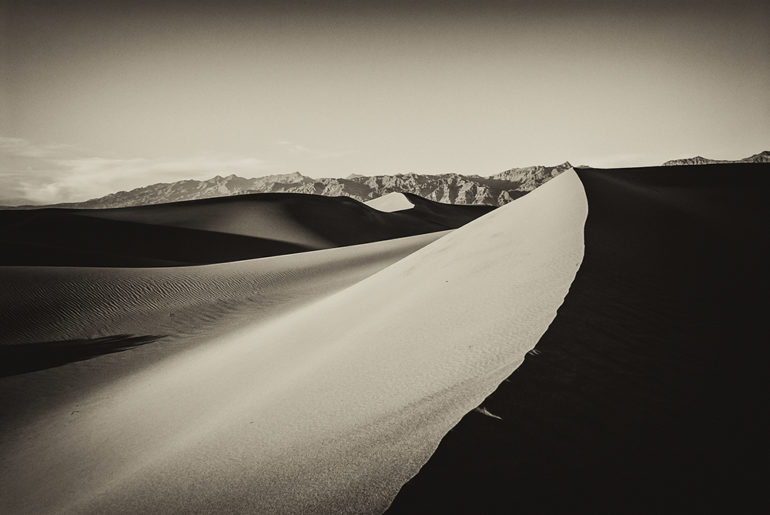
Phoblographer: When it came to creating these photos, what was going through your mind? What processes, compositions, exposure techniques were happening?
James: I photographed the Mesquite Flat Sand Dunes in the late afternoon to capture the ever changing shapes, textures and patterns caused by the blowing desert sand and the descending sun. The conditions provided me with endless photographic possibilities. I used an ultra wide angle lens and stopped down to achieve sharpness throughout the image. Later, while digitally processing and printing the images, I wanted to exaggerate those graphic details of the landscape and achieve a classic analog aesthetic with the rich-toned look of a vintage print.
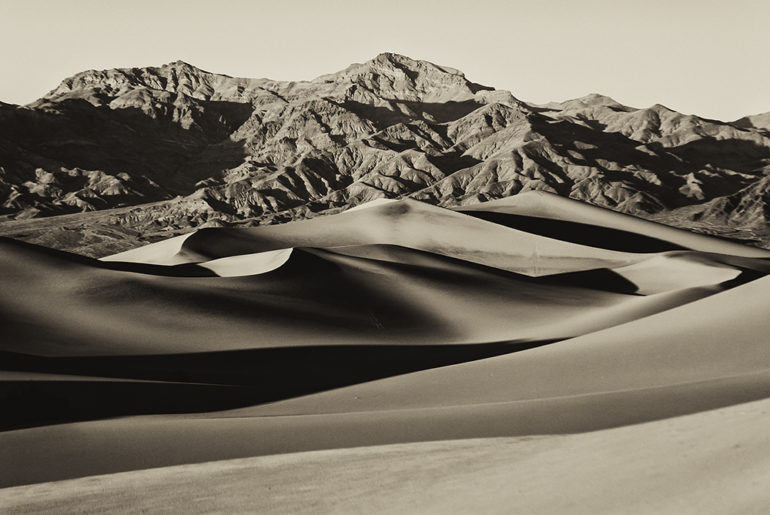
Phoblographer: It seems that with your creative vision, you see the work in layers of darkness, light, darkness, light, etc. and repeat the pattern. Do you feel like this just came instinctively or is it part of the way you create?
James: I think a lot about the taking of these images was instinctual, arriving at the location you never know what to expect in such a harsh environment, and with the light moving rapidly there’s not much time to study the situation. You have to be prepared and work quickly. You survey the landscape looking for possibilities and immerse yourself in the moment. Post processing is where I create the image I want aesthetically, but you have to have captured a compelling image to begin with. That being said, I also think that your visual instinct or the ability to clearly see can be honed from your past experiences and the knowledge gained from them.

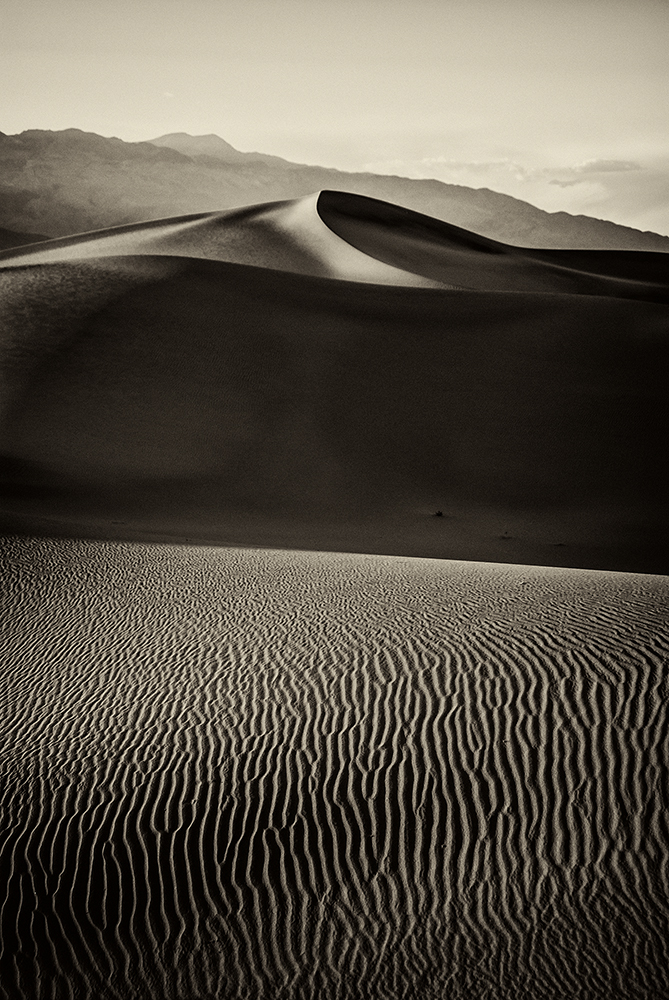
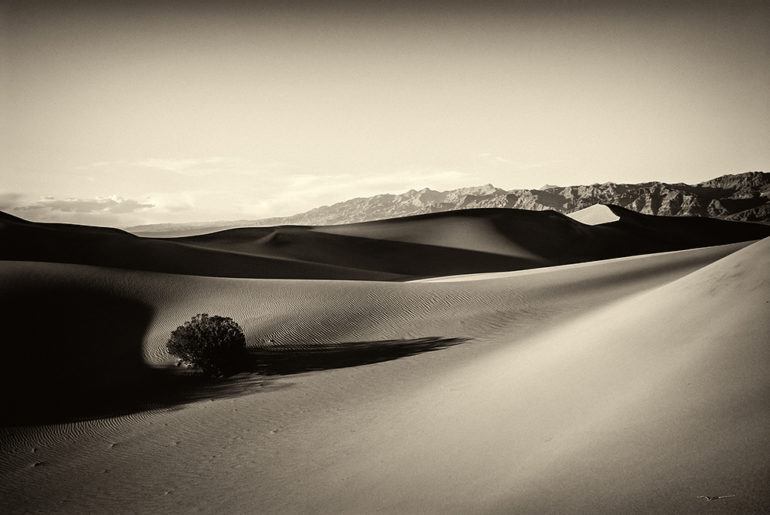
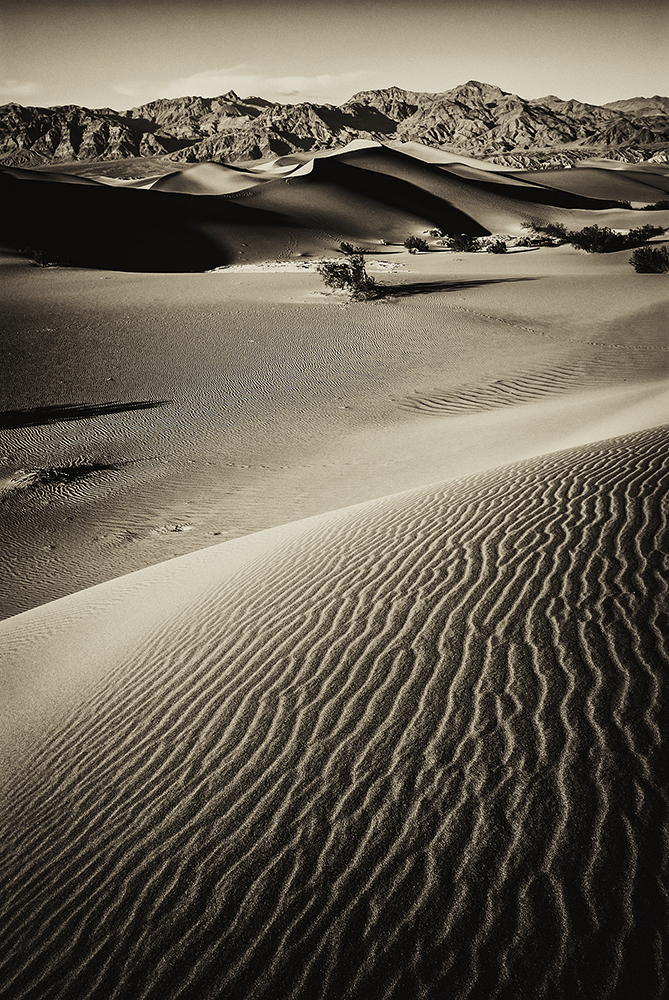
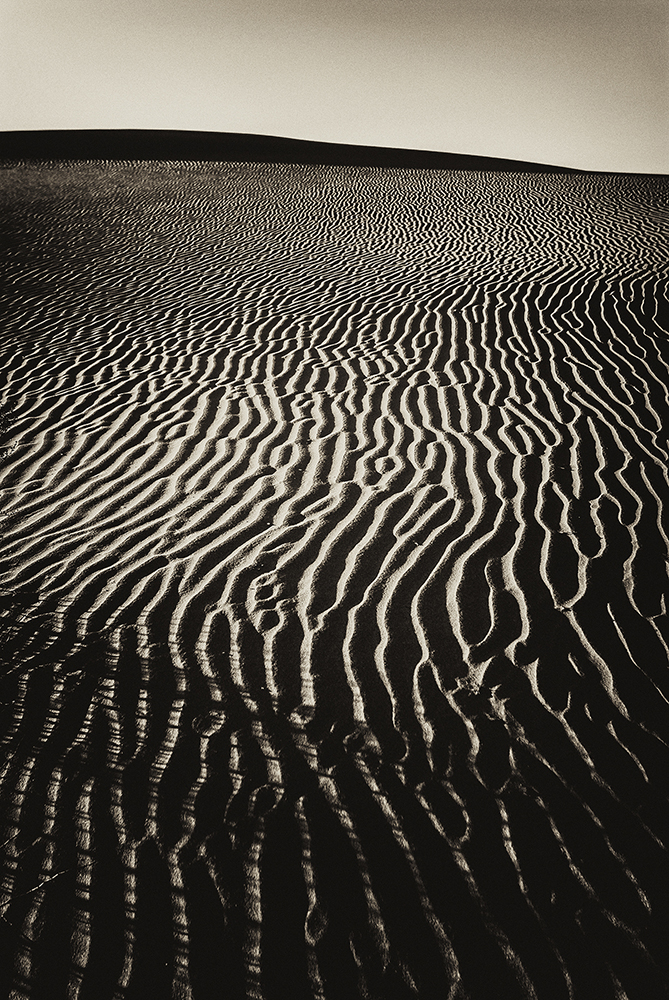
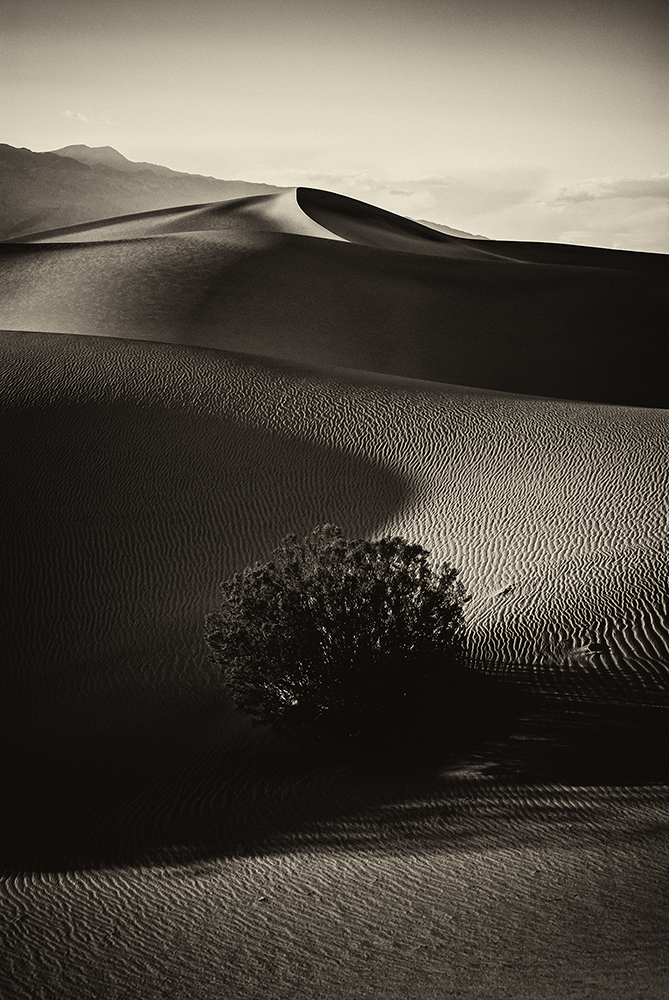
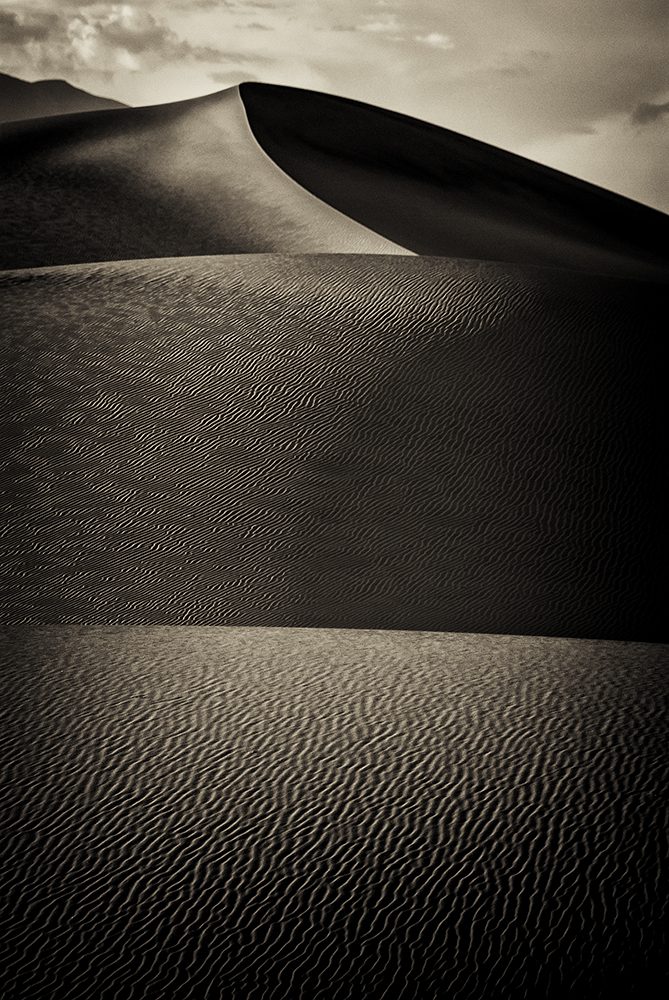
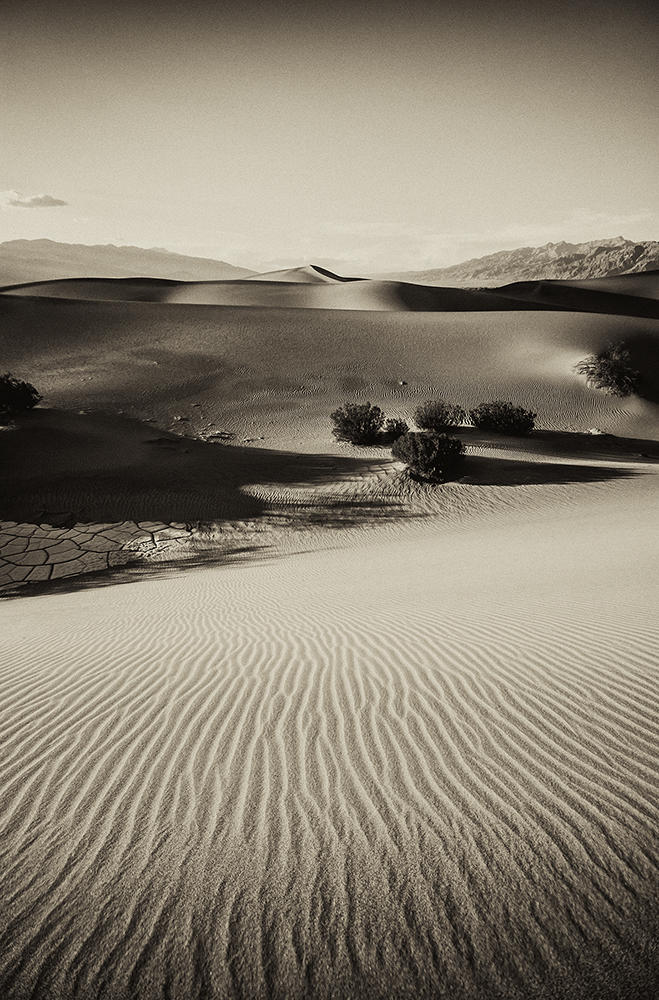
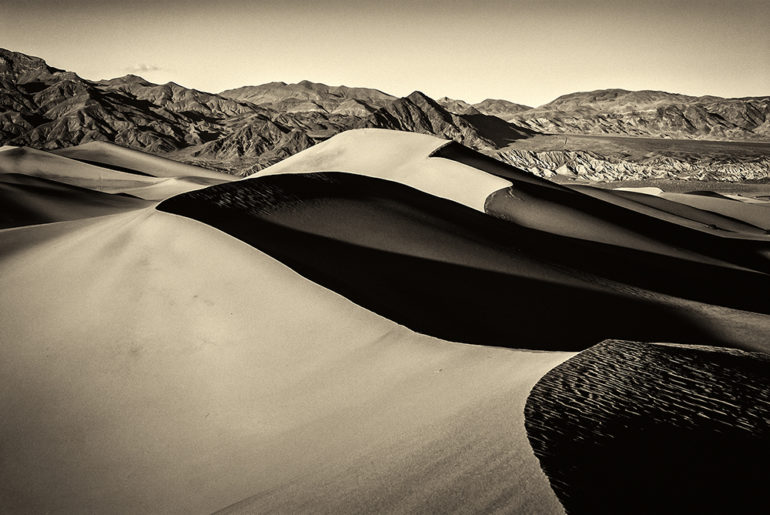
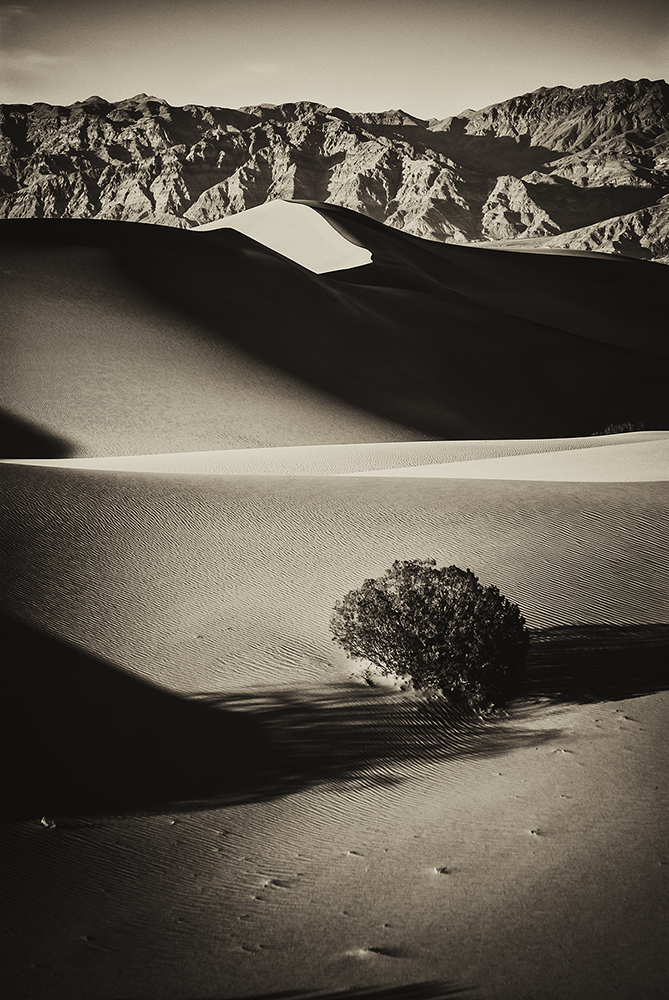
Instagram: @jameslattanziophotography

